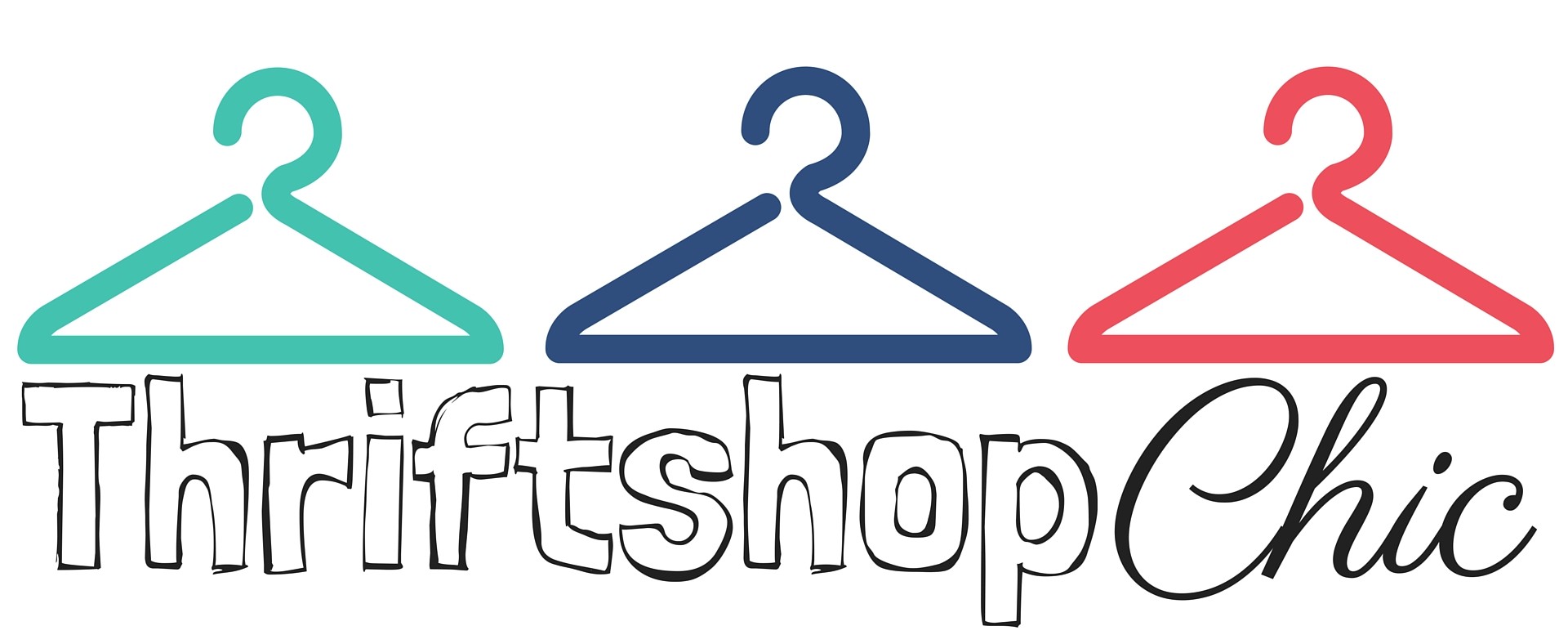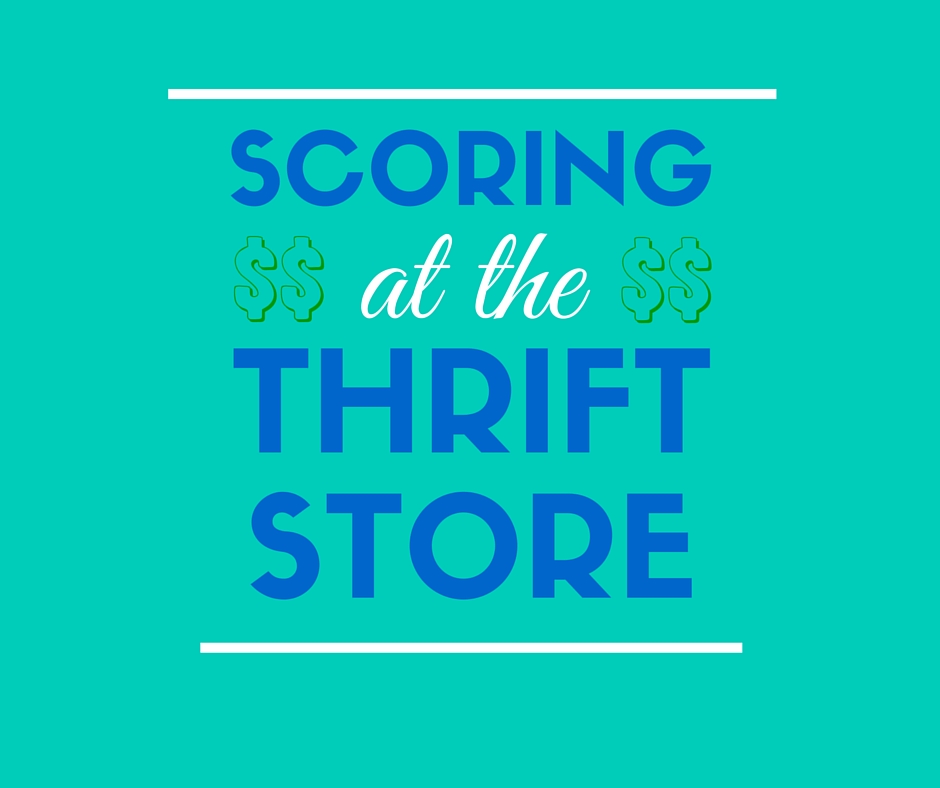In the last few weeks I’ve found some steals at the thrift store—items from brands that make quality stuff WAY out of my price range, in great shape, for peanuts (comparatively). And I thought I’d share with you not only those particular finds, but some tips on how to score similarly ‘spensive stuff.
For example.
Grey cigarette pants by Vince Camuto, $5 instead of the typical $80-$90 (paired with the shoes I retooled here):
J. Crew coat in my favorite winter red, to replace the Gap coat I finally had to give away after 10 years because I couldn’t fix the lining: $10 instead of the typical ~$275. Pictures to come!
C. Wonder shirts, with tags on—normally $89, $6 each. Didn’t buy ’em, and phone still broken, so no pictures, sorry!
My Tips for Scoring the Good Stuff at Thrift Stores
- First off, don’t score. Counterintuitive in a list about how to find high-end pieces, yes. But the truth is, a fancy name brand doesn’t mean the clothes will be quality, nor does it mean they will be right for YOU, even if they are quality. Clothes with the pricetag still on can be particularly hard to resist, because you KNOW exactly how astounding their thrift shop price is. If you’re not going to love them and wear them, though, they’re never going to be a steal no matter how much you’re saving.
Remember, just because you’re thrifting doesn’t mean you should lower your standards. (See above re: C. Wonder shirts—definitely a great deal but I wasn’t in love, so they stayed on the rack.) - Shop the “special price” section.
Many thrift stores have a “designer” or “special price” or “better brands” section separate from the racked masses of clothing. If you are willing to pay $10 instead of $4 for an item you really love, you can often use these areas as a filter, helping you to scope out the good stuff first before you head to the racks. - On the flip side, know your brands, because the high quality stuff is often hidden in amongst the regular ol’ merchandise. Since these items don’t always come with tags still on, it behooves you to be familiar with upmarket brand names so you’ll know when you encounter something particularly delicious.
Side note: If I were managing a thrift store I’d have a list of “luxe” or higher end brands blown up and tacked on the wall of the sorting room, because all the items mentioned above—even the stuff with $89 tags!!—were NOT in the special price area, and I always wonder how much moolah the store misses out on because they’re not upcharging for the fancy stuff. - On the flip-flip side, and circling back to our first tip: don’t be fooled by a brand name. I know, I know, I just told you to familiarize yourself with the fancy names, but just because something is Madewell doesn’t mean it is well made (pun intended. Sorry). Ultimately, you’ll find well-constructed stuff from Target brands and cheap stuff with a high end name slapped on it, and only by feeling the fabric, looking for linings, inspecting seams, etc. are you going to be able to tell if the item is quality.
- Last but not least, if you’re super-thrifty like me, don’t be afraid to spend a little more than you normally would for the good stuff. That J. Crew coat was listed for $20; lucky for me, it was half-price day, but I still would have been willing to buy it at “full” price because I’d been looking for a replacement red coat for so long, and I already knew that I’d wear the heck out of it.
What are YOUR tips for finding high fashion at the thrift store? And what have your best scores been—either that you’ve loved and worn, or that you were snookered into buying despite not loving because the price was just *so* right?? Scroll down to share!



Great post! Those gray pants are amazing. Your blog is always inspiring.
I find high-end stuff pretty often at my favorite thrift shops. I don’t look for tags at first, I look for nice materials like cashmere / wool, silk, and leather, or even a great soft cotton. Often things with the nicest material end up being high-end when I check the tag.
Before buying, I try to think about how much it is worth to *me* instead of just how much it is worth. A pair of $300 pants for $15 is a great find, but when their value to me is 0 (because I don’t love them or have nothing to wear with them), I’m really not getting a good deal.
Another thing to factor in is upkeep and repairs. If you’re buying a wool coat for $2 that needs a $20 dry-cleaning before you can even wear it, it’s not really a $2 coat. Might still be worth it, but at least you know what you’re getting into. I tend to pass on things that need ironing after washing, like pants with pleats for example.
Great thoughts, Ginna! I agree that you need to look at the whole picture, including maintenance & upkeep, including tailoring—that dress can go from $5 to $35 pretty easily after a few necessary alterations, and it may still be worth it to you, but it’s smart to do the math first.
The touch/material test is a pretty great way to screen for good stuff, thanks for mentioning that.
I love the idea of how much it is worth to ME instead of how much it is worth in currency. Because in terms of economic theory, and reality, that’s all that matters, right? How much something is worth TO YOU.
Glad you enjoyed!